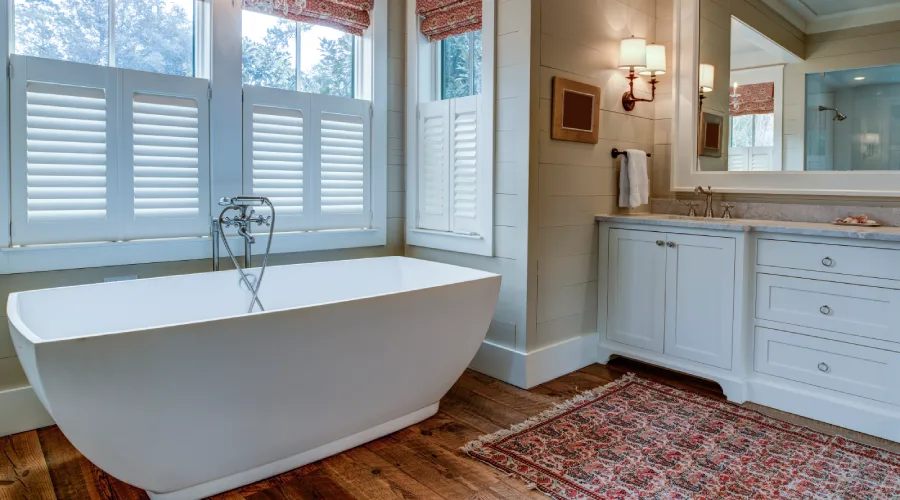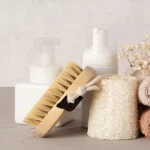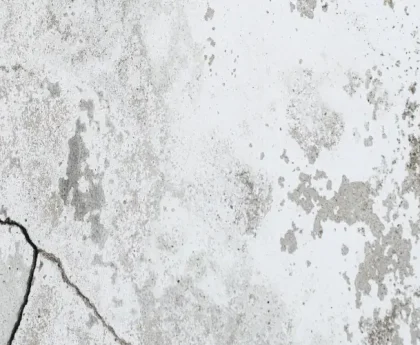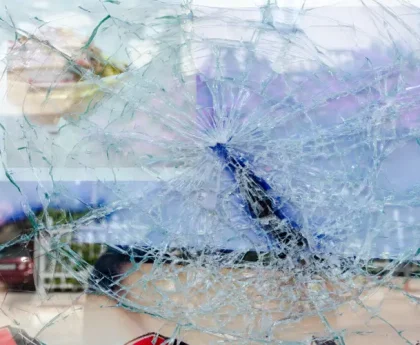It’s likely that you will love your modern stylish bathroom by Shower Remodel in Los Angeles, however, it’s difficult to visualize the space between your cabinetry and the wall that lies behind it. This is a problem that is common which can be due to foundational shifts, gaps in wall studs, or measurement that isn’t precise. The gap isn’t appealing, but objects may catch in it or get caught in it, or fall through it. Fortunately, it’s not needed to change the vanity since there are many ways to fix this issue with specific caulking techniques. Find out how to seal gaps between your bathroom cabinet and the wall.
Caulking Techniques
Before you choose how you’ll fill the gap, take into consideration the dimensions of the wall as well as the color of the vanity. If, for instance, the gap is small, less than 1/2 inch or less, you could think about caulking it. It is crucial to match the caulk’s shade to the countertop or choose a caulk that is not colored. This will create an appearance that is unison.
Put all edges of your countertop on top of the counter with a painter’s tack to prevent spillage onto the counter. This will allow you to draw a clear line. Following that, you’ll fill gaps with caulk. If the gaps are extensive you can use the backer rod to give greater stability and security. The rod is to be positioned within the gap. Then, use caulk to fill the gap.
Thick Back Splash
Have you thought about the possibility of installing a backsplash to decrease the size of the gap? A thick backsplash could make a space that is smaller, and also provides a beautiful vanity that can blend in with the wall. The greatest part of backsplashes can be found in a wide range of materials, including wood and glass. If you’re seeking a surface that’s long-lasting, plastic or glass are good options.
Bathroom Sealant Tape
Do you need a quick solution? This bathroom sealant adhesive can be an excellent solution to fill the gap between the cabinets and the back wall. Furthermore, it’s water-resistant, meaning it can be used for a long period of time. Prior to applying the tape ensure the surfaces are free of moisture, otherwise it won’t adhere. After you have applied the tape, apply pressure with force to hold it in the desired position. This allows the glue to be bonded. It is essential to let the glue dry prior to placing it over the sink in your bathroom.
Shelving
If you’re confronted with an area that’s not fully taken up by your vanity and the wall that runs along the side you could think about putting up cabinets or shelves on the side. The bathroom’s space will assist you in determining which option is the most suitable.
Custom shelving is less expensive than a cabinet designed especially for your needs. The cabinet alternative can give you a more modern design. In either scenario, you’ll have the capacity to store more things.
Trashcan
Another method to connect the gap between bathroom vanities and walls is to use an empty trash container, especially when the gap is quite large. The gap is a great place to put the trashcan and also provides an innovative way to showcase the trash container.
The gaps between the vanity and the wall can be reduced by planning it well before putting it up. They’re at Bathroom Remodeling, and they provide a wide range of bathroom vanity options from single to double and from classic to contemporary. They are sure that you will find a vanity that is perfect for your needs. There are many other items that can be used to upgrade your bathroom like sinks, faucets, and more.
Make Use of Caulk In conjunction with a Backer Rod
In addition, placing rod backers inside the cabinet’s space is an effective method to make gaps that aren’t too big in size. Caulk is a great option to secure the rod and aid in making a seamless blend with nearby surrounding areas once the rod has been installed.
It is recommended to make use of caulk that is in line with the color of the wall to fill the gap between the bathroom vanity and the wall. This can make it more difficult to make an unattractive wall line in the vicinity of the sink. Another option is an unobtrusive drying caulk in the event you cannot find an appropriate caulk for the cabinetry.





